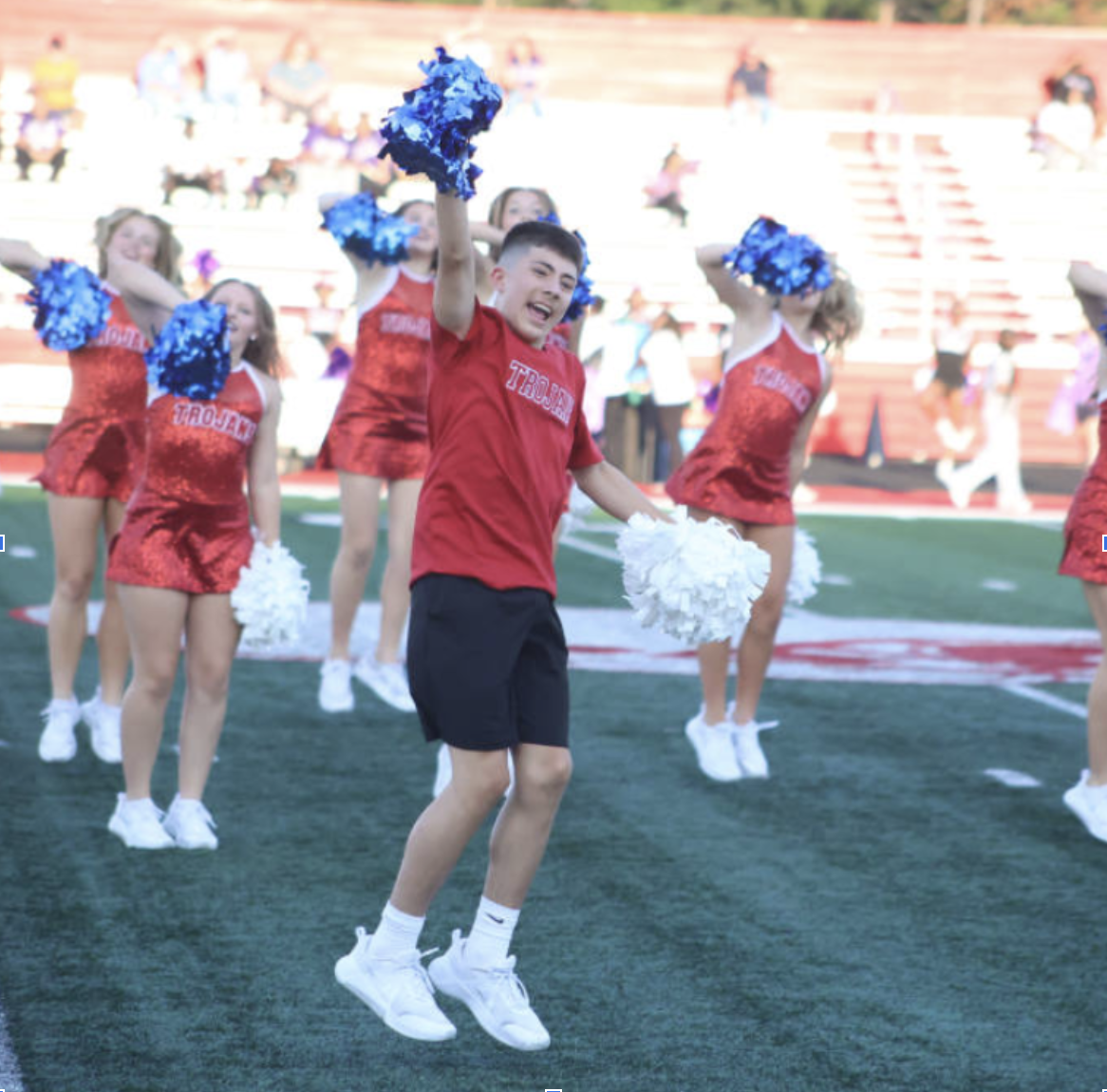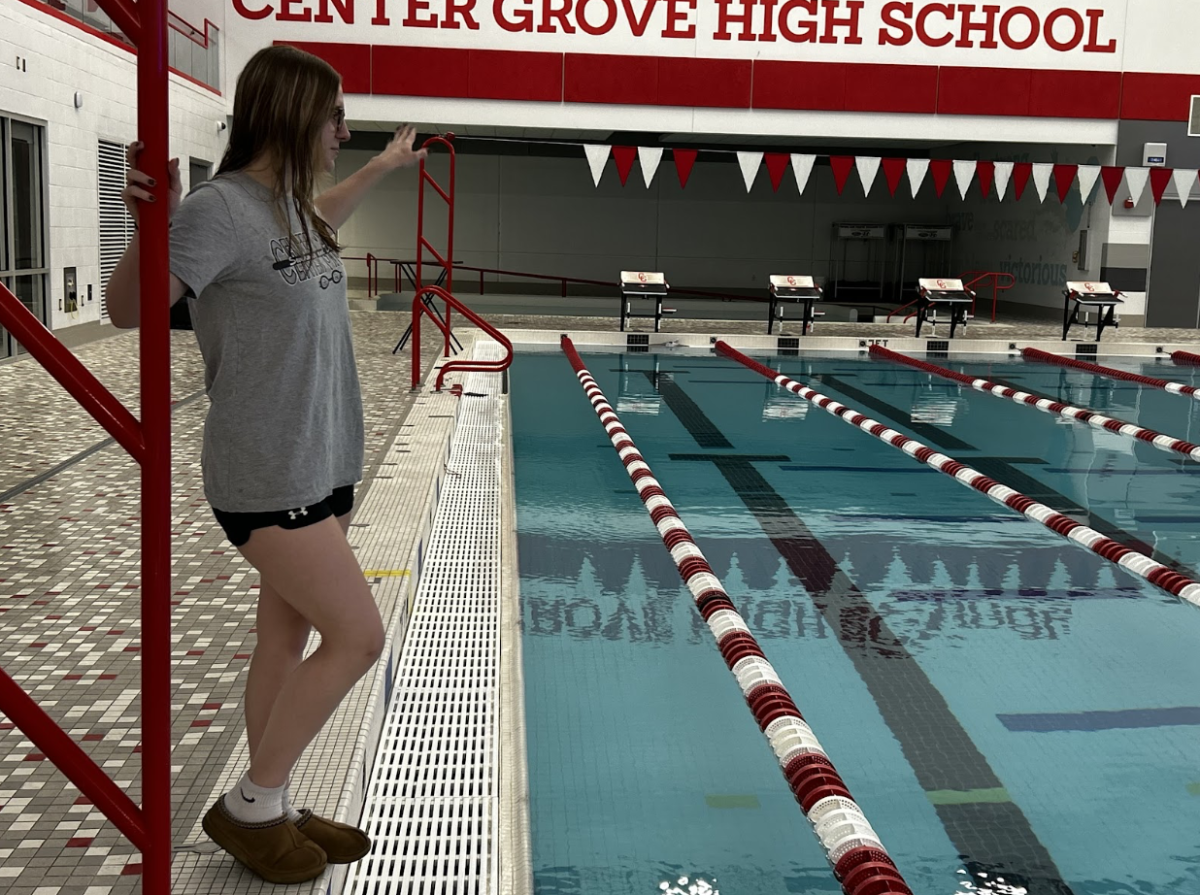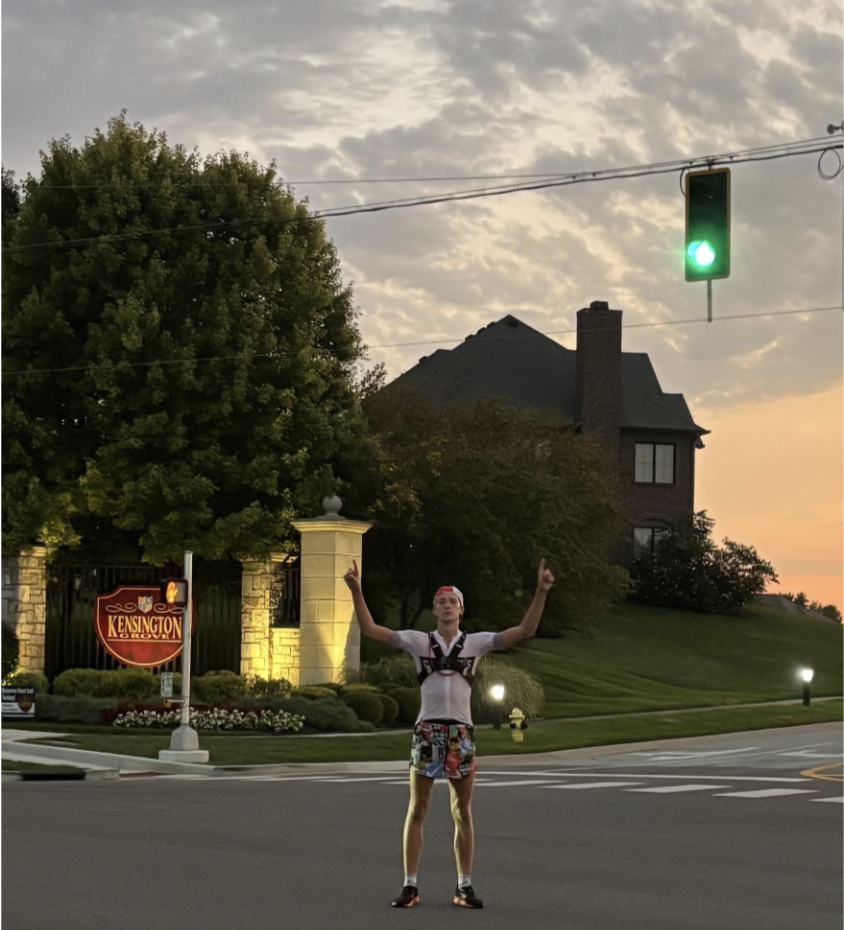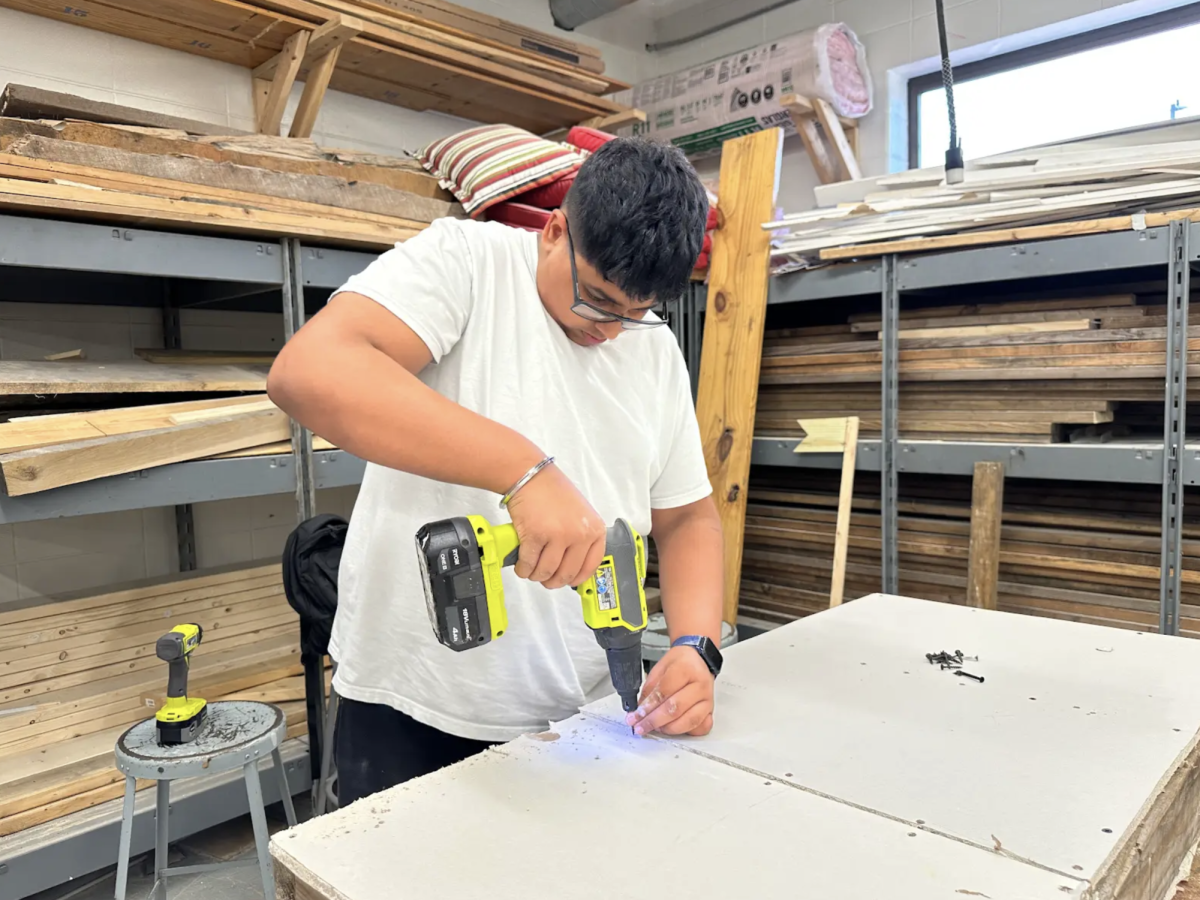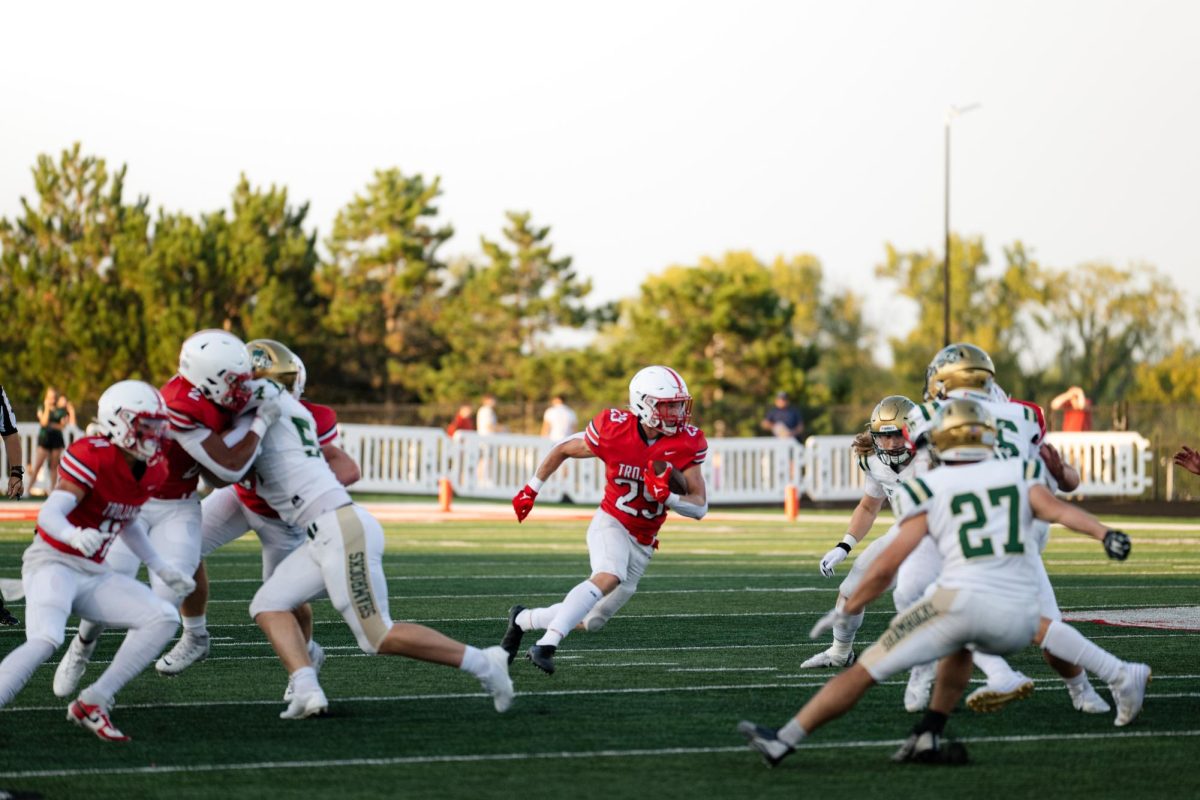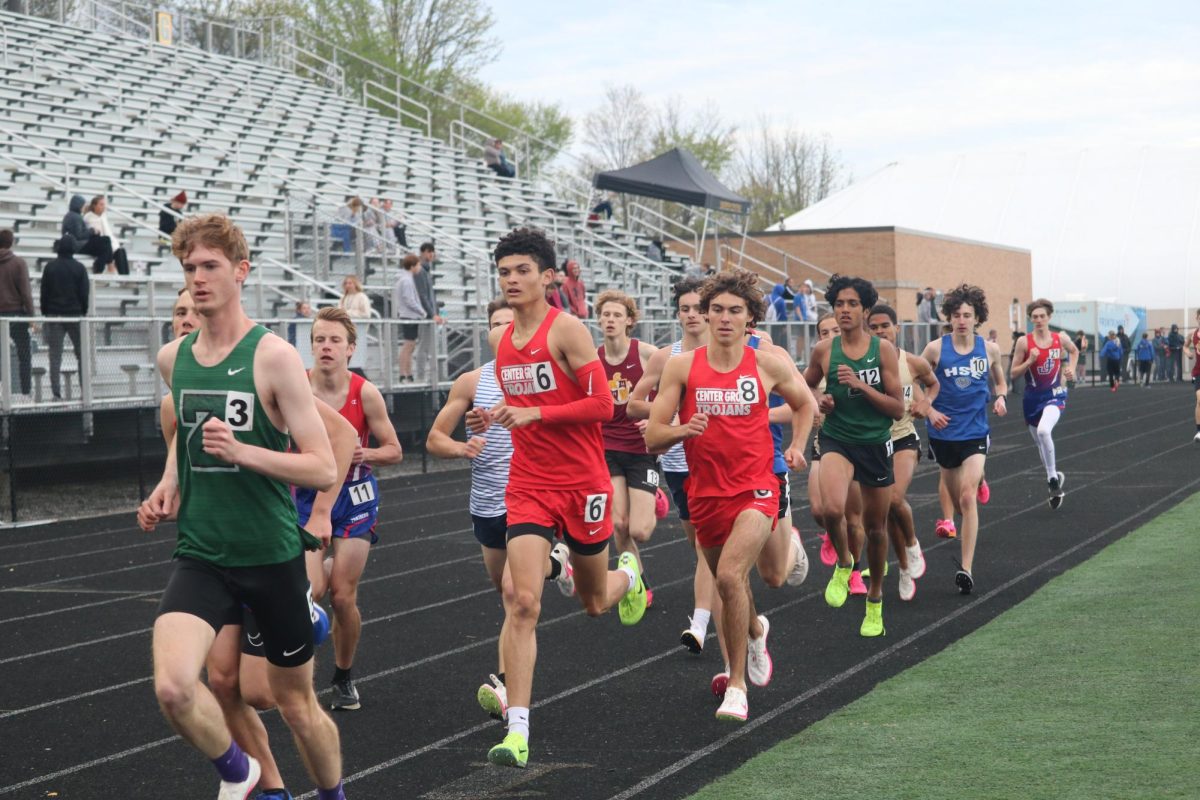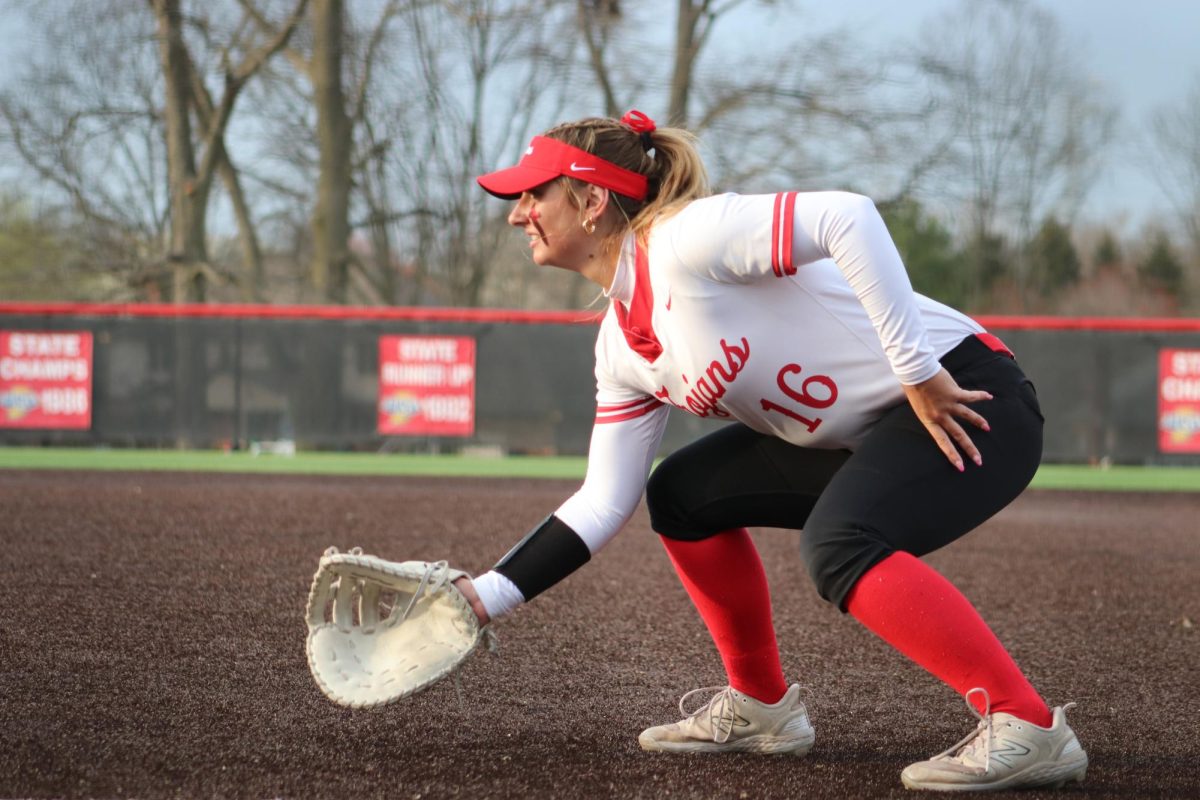Aaron Toland | Staff Writer
It is a dreadful day outside. It is certainly not the occasionally scolding spring track season; even with heavy coats and proper running attire for cold weather, one can not escape the piercing, frigid blows of Winter. Nevertheless, there are still runners anxiously awaiting their upcoming race. The runners do not have to be worried about getting hypothermia from the frigid winter abyss outside.The runners peruse the two hundred meter indoor track ahead of them with a look of total focus. This track seems oddly small compared to the four hundred meter track the runners are accustomed to.These runners are not running at a school-sanctioned event;these runners are apart of a completely different world: the USA Track and Field (USATF) program.
USATF is the United States official governing body for track, cross country, race walking and road-running. The organization is headquartered in Indianapolis, Indiana and represents some of the best runners in the nation: USATF runners won thirty-two gold medals in the 2016 Rio Summer Olympic Games.
Along with the cream of the crop, the USATF program also consists of youth sprinters and distance runners nationwide.
Several Center Grove High School students are members of USATF and race in their indoor track program.
According to Kiyah Yeast ‘20, “ The indoor track season is usually about 4 or 5 months; it goes from December to March.”
Doing indoor track throughout the winter allows athletes to stay in shape before the outdoor track season.
“I run indoor track to work on speed and conditioning over the off-season. Indoor also allows me to train on a team with other guys that all want to improve and push each other,” Sebastian Martin ‘18 said.
Echoing his sentiments,Yeast said, “ I do indoor because it is kind of a jumpstart to the outdoor season and it keeps me conditioned. I also do it for the competition.”
Runners feel the environment of indoor track differs from the environment of the outdoor track season.
“Indoor is a little more competitive because I run against people from out of state a lot and people in USATF are usually faster than people around the county,” Yeast said. “I don’t think it is that much more competitive though because running in the MIC almost feels like USATF because of the level of competition. Indoor USATF meets are bigger and more crowded most of the time… I like indoor track more because indoor is never too hot or too cold and sometimes you get to run on banks tracks which are really fun to run on.”
Martin said, “ Indoor track is a different environment in that people have to seek it out, so everyone who you train with and compete against is really trying to be the best; that creates a culture of healthy competition and improvement. As far as the actual events, indoor times are usually a little slower because of the tighter turns,the air is more dry with less oxygen, but running is running no matter where you do it… I prefer outdoor track because of the scale of the sport, but indoor track is all preparation for that.”
Both Yeast and Martin have set high expectations for their own upcoming indoor and outdoor track seasons.
“ In indoor, I run the 60 meter dash and 200 meter dash individually and for the school I do the 60 and the relays. This season I expect to set multiple PRs throughout the season and make it to indoor state,” said Yeast.
Martin said, “ I run the 800 and the mile, but I will sometimes run the 400 for foot speed training. My goal is to get close to 4:30 in the mile by the end of indoor,and set an 800 PR which would be under 2:05.”
The launching pad that is indoor track often gives athletes an insurmountable head start over athletes who instead decided upon “taking a break” before outdoor track season starts. The elite level of competition of USATF can allow a subpar runner to become elite while elite runners can widen the gap between them and the next man up; any runner that is committed and wants to maintain peak shape or continue to get better in the offseason should consider running with USATF or any indoor track program.



